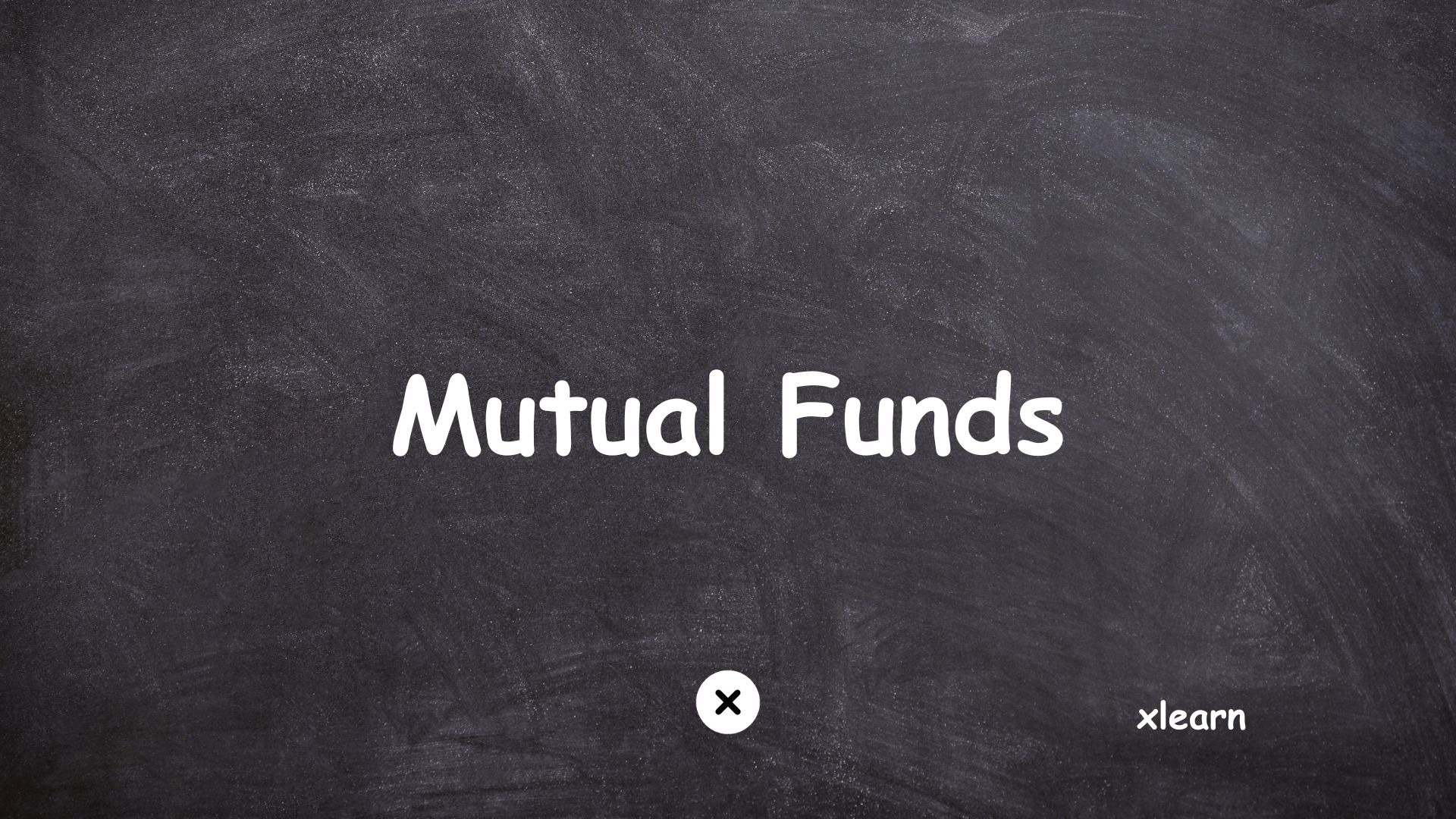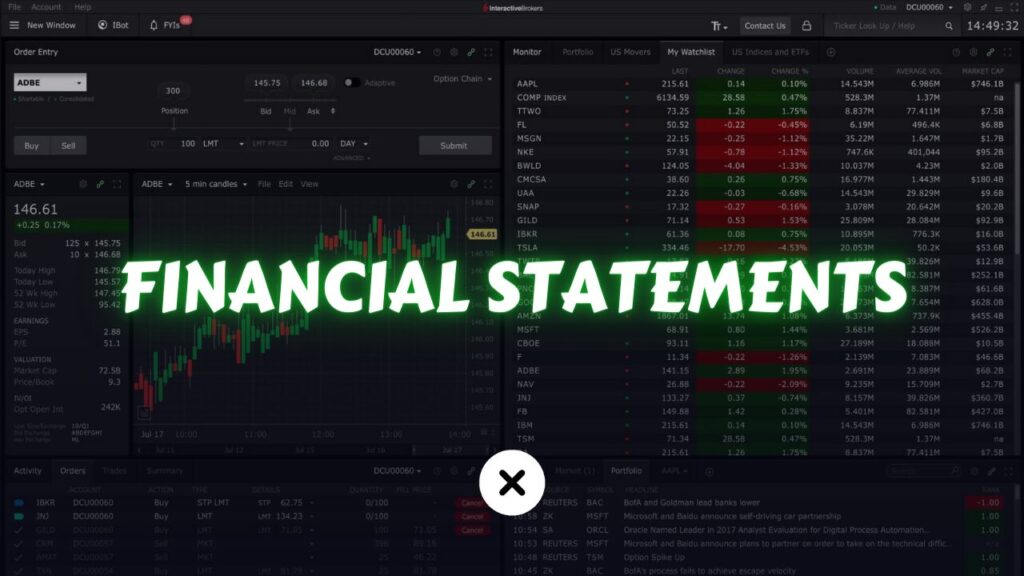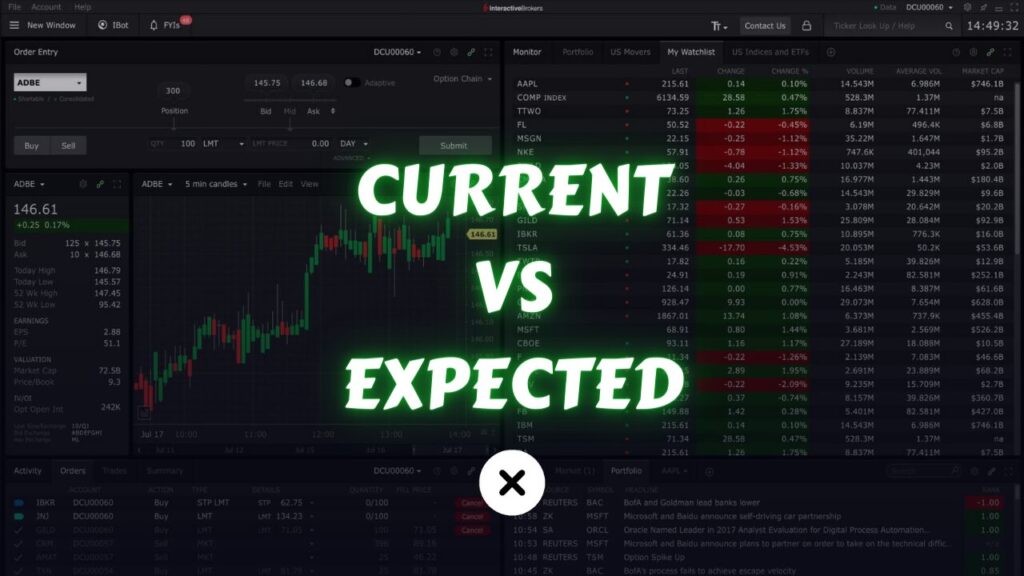
Mutual funds are investment vehicles that pool money from multiple investors to invest in a diversified portfolio of stocks, bonds, or other securities. They are managed by professional fund managers or investment companies.
Similar to ETFs, mutual funds contain a multitude of stocks within their portfolio. However, there is a distinction: while ETFs determine their asset allocation based on indexes or mathematical formulas, mutual funds have their assets chosen by their portfolio manager. This is because mutual funds do not aim to mimic an index or the overall market; rather, they strive to outperform the market. In other words, their objective is to deliver superior performance compared to the broader market.
Portfolio managers are seasoned experts in their field, and they employ analysts to assess a variety of stocks. Their goal is to identify stocks with the potential to outperform their peers. For example, they actively seek out stocks that, although not part of the S&P 500, exhibit growth potential and are worthy additions to their portfolio. Furthermore, if they believe that TSLA will emerge as a major company in the future, they will allocate a larger portion of their portfolio to TSLA.
Mutual funds come in various types, each with its own investment objectives, asset classes, and risk profiles. They can be categorized based on market capitalization (e.g., large-cap, mid-cap, small-cap), investment style (e.g., value, growth), or sector (e.g., technology, healthcare) and finally Bonds.
Net Asset Value (NAV): The NAV is the per-share or per-unit value of the mutual fund and represents the total value of the fund’s assets minus its liabilities. The NAV is typically calculated at the end of each trading day and is used to determine the price at which investors can buy or sell shares.
Mutual funds aim to outperform their benchmarks or competition, which involves efforts from professionals like portfolio managers and analysts. However, managing these funds comes at a cost, often resulting in higher fees compared to ETFs and index funds.
Mutual funds are required to provide regular reports to investors, including information on the fund’s holdings, performance, and fees. This transparency helps investors make informed decisions.
Now, the question is, should you consider investing in a mutual fund despite the associated higher fees? Perhaps the rationale behind paying those extra fees lies in their ability to consistently outperform the market. However, as we delve into topics like portfolio management and asset allocations, your perspective might shift, so stay tuned for more insights.
Where to buy mutual funds?
You can buy mutual funds through several avenues, depending on your preferences and needs. Here are some common places where you can purchase mutual funds.
Mutual fund companies:
Many mutual funds can be purchased directly from the fund companies themselves. You can visit the official websites of fund companies such as Vanguard, Fidelity, BlackRock (iShares), and others to open an account and invest in their funds.
Online brokerage accounts:
Most online brokerage platforms offer access to a wide range of mutual funds from different fund families. Examples of popular online brokerages include Charles Schwab, E*TRADE, TD Ameritrade, and Interactive Brokers. You can open an account with these brokerages and buy mutual funds from various providers in one place.
Financial advisors:
If you work with a financial advisor, they can help you select and purchase mutual funds that align with your financial goals and risk tolerance. Financial advisors often provide personalized investment guidance and may recommend specific funds.
Employer sponsored retirement plans:
Many individuals invest in mutual funds through employer-sponsored retirement plans like 401(k)s or 403(b)s. These plans often offer a selection of mutual funds for employees to choose from.
Banks and credit unions:
Some banks and credit unions offer mutual funds to their customers. You can inquire with your local bank or credit union about the availability of mutual fund investment options.
Mutual funds fees
As we said earlier mutual funds charge fees to cover the costs of managing the fund and providing various services to investors. and two common fees associated with mutual funds are the management fee and the management expense ratio (MER). These fees are important to understand because they can have a significant impact on your overall returns.
Management fee:
The management fee, also known as the fund’s annual management fee or investment advisory fee, is the cost associated with the day-to-day management of the mutual fund.
This fee compensates the fund manager or management company for making investment decisions, conducting research, monitoring the portfolio, and handling administrative tasks.
The management fee is usually expressed as an annual percentage of the fund’s average assets under management (AUM). For example, if a fund has a management fee of 1% and you have $10,000 invested in the fund, you would pay $100 in management fees for the year.
Management fees can vary widely depending on the type of fund, the management company, and the level of expertise required to manage the fund’s assets.
Management expense ratio (MER):
The management expense ratio (MER) represents the total annual cost of managing a mutual fund, including not only the management fee but also other expenses incurred by the fund.
In addition to the management fee, the MER may include expenses such as administrative costs, legal fees, accounting fees, marketing and distribution expenses, and other operational costs.
The MER is expressed as an annual percentage of the fund’s average AUM. It provides a more comprehensive view of the total costs associated with investing in the fund compared to the management fee alone.
For investors, the MER is a more accurate reflection of the overall cost of owning a mutual fund because it accounts for both management fees and other operational expenses.
It’s important to note that management fees and MERs can vary significantly from one mutual fund to another. Lower-cost index funds and ETFs often have lower fees compared to actively managed funds because they aim to replicate the performance of an index and require less active management.
When evaluating mutual funds, it’s crucial to consider both the management fee and the MER to assess the total expense associated with your investment. Lower fees can lead to higher returns over time, so it’s advisable to compare fees when selecting funds and choose options that align with your investment goals and risk tolerance. Additionally, keep in mind that fees are disclosed in the fund’s prospectus, so you can review this document for detailed fee information before investing.
Different types of mutual funds
Mutual funds come in two main types: open-end funds and closed-end funds.
Open end funds:
Continuous Issuance and Redemption: Open-end funds continuously issue and redeem shares based on investor demand. This means that investors can buy or sell shares of the fund directly from the fund itself at the fund’s net asset value (NAV), which is calculated at the end of each trading day.
Price Determination: The price of shares in an open-end fund is always based on the NAV. When an investor buys shares, they pay the NAV price, and when they sell, they receive the NAV price minus any applicable fees or charges.
Flexibility and Liquidity: Open-end funds are highly liquid, as investors can buy or sell shares on any business day at the NAV. This liquidity makes them suitable for both short-term and long-term investors.
Management: Open-end funds typically have a professional fund manager or team of managers responsible for selecting and managing the fund’s investments.
Variety: Open-end funds come in various types, including equity funds, bond funds, money market funds, and hybrid funds, catering to different investment objectives and risk profiles.
Size Variation: The size of an open-end fund can change over time as more investors buy or sell shares, and the fund can issue or redeem shares to accommodate these changes.
Closed end funds:
Fixed Number of Shares: Closed-end funds issue a fixed number of shares when they are initially launched through an initial public offering (IPO). After the IPO, these shares trade on stock exchanges like individual stocks.
Price Determination: The price of shares in a closed-end fund is determined by supply and demand on the secondary market, where investors buy and sell shares among themselves. As a result, the market price may differ from the fund’s NAV(Net Asset Value), and shares can trade at a premium or discount to the NAV.
Limited Liquidity: Closed-end funds can be less liquid than open-end funds because investors can only buy or sell shares through the secondary market. This means that the number of shares remains fixed, and new shares are not continuously issued or redeemed by the fund.
Management: Closed-end funds also have professional fund managers responsible for managing the portfolio, similar to open-end funds.
Variety: Closed-end funds come in various types and asset classes, similar to open-end funds, offering investors a range of investment choices.
Market Sentiment: The market price of closed-end fund shares can be influenced by market sentiment and supply and demand dynamics, potentially leading to price fluctuations and trading at a premium or discount to the NAV.
In summary, open-end funds and closed-end funds are both types of mutual funds, but they differ in their structure, pricing mechanism, and liquidity. Open-end funds are characterized by continuous issuance and redemption of shares at NAV, while closed-end funds have a fixed number of shares that trade on stock exchanges, and their market prices may deviate from the NAV. The choice between these two types depends on an investor’s preferences, investment goals, and risk tolerance.
A great online resource for closed-end mutual funds in the U.S. market is CEF Connect.
Conclusion
What I’m about to discuss might sound unusual. If you are an individual seeking a way to invest your hard-earned money for your future and have been considering mutual funds, I’d advise you to reconsider. Why? It boils down to the fees. While they may seem insignificant, they accumulate over time. Investing is a long-term endeavor, and even small percentages can have a substantial impact.
The reason I’ve included this post in the investment category is because I wanted you to know what a mutual fund is, some people are drawn to mutual funds without fully grasping the reality. If you opt for an ETF or an index fund that tracks the market over, let’s say, 20 years, you’ll likely outperform nearly any mutual fund. This is because ETFs and index funds have minimal trading fees, while with a mutual fund, you’re paying a small percentage of your gains to the fund company each year.
These seemingly minor percentages add up significantly over two decades. So, if you’re contemplating an investment, my advice is to steer clear of mutual funds.
In forthcoming articles, I will explore both the beginner-friendly and more advanced approaches to investing. This will provide guidance for newcomers seeking to start their investment journey as well as those in search of higher returns.



